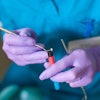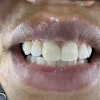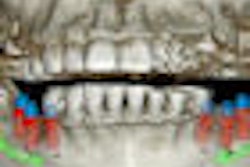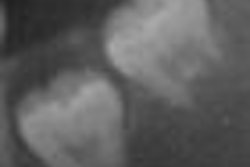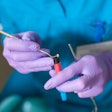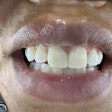The death of a young Maryland woman undergoing surgery to remove her third molars earlier this year prompted the American Association of Oral and Maxillofacial Surgery (AAOMS) to hold a press conference December 19 to address the risks associated with third-molar surgery.
Jennifer Olenick, a 17-year-old from Woodstock, died in March, 10 days after undergoing a third-molar extraction. Last month her family filed a lawsuit against the anesthesiologist and oral surgeon who performed the procedure, alleging medical malpractice. The county medical examiner has ruled that Olenick died from hypoxia that occurred while she was under anesthesia.
"The American Association of Oral and Maxillofacial Surgeons and its members do not advocate the performance of unnecessary surgical procedures, including the prophylactic or unwarranted removal of third-molar teeth," the association stated in a press release. "We do, however, support the surgical management of erupted and impacted third-molar teeth for which there is the presence of pathology or a reasonable potential that pathology may occur in relation to, or as a result of, these teeth."
Every patient who undergoes surgery is unique, and factors such as age, physical condition, family history, medications, diet, and potential underlying medical conditions are all pertinent factors that may complicate the most routine surgery, the AAOMS noted.
A white paper on evidence-based third-molar surgery that discusses the considerations involved in deciding why, when, and how to treat third-molar teeth, is available on the AAOMS website. The paper references the latest research in third-molar science, including the findings of a 14-year clinical trial conducted at the request of the AAOMS at the University of North Carolina at Chapel Hill.
According to the white paper, the removal of third-molar teeth is always appropriate when there is evidence of pathological changes such as periodontal disease, nonrestorable decay, infections, cysts, tumors, and damage to adjacent teeth.
Third-molar teeth that are completely erupted and functional, painless, free of decay, and without other associated pathologic conditions may not require extraction, but do require hygiene maintenance and periodic clinical and radiographic surveillance if retained, according to the AAOMS.
